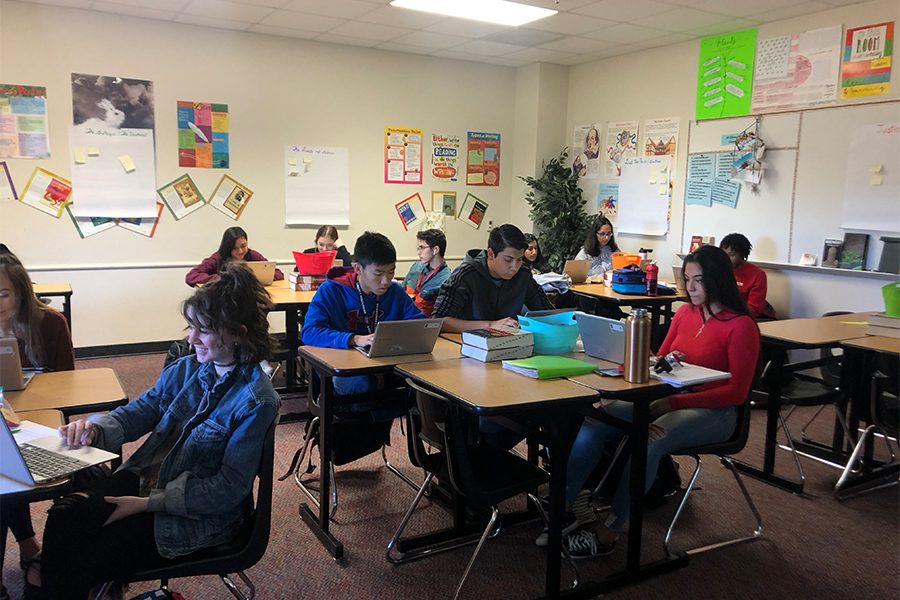Sweden’s and the United States’ education systems are among the highest-ranked in the world. Despite their success, the U.S. News’ “most well-developed public education systems” list ranked Sweden 1st and the U.S. 16th. However, the U.S.’s low ranking is not surprising since public school systems across the country are facing many challenges. Some of these include overcrowding, budget constraints, and a lack of resources. On the other hand, Sweden has invested heavily in its public school system, resulting in higher-quality education for its students.
This ranking is telling of the disparity between the two countries’ education systems. The two systems differ when it comes to educational approaches, school days, and student life.
In Sweden, a greater emphasis is placed on problem-solving and critical thinking. According to LinkedIn, the Swedish education system encourages critical thinking, creativity, and problem-solving, enabling students to be innovative. Swedish schools accomplish this by promoting critical thinking. Students are expected to question what they learn or to question beliefs that are often taken for granted. Debating and arguing with peers and lecturers is accepted and welcomed.
Meanwhile, the U.S. focuses much more on memorization and standardized testing. According to the Washington Post, students between kindergarten and 12th grade take roughly 112 standardized tests throughout their careers. The vast majority of standardized tests rely solely on memorization, and while students may retain the information for the test or the semester, they often forget it afterward. Researchers have found that high standardized scores simply mean a student excels at rote memorization and multiple-choice test taking. It is important to note that Swedish schools still have standardized tests but not nearly as many. Swedish students only have national tests once in years 3, 6, and 9 over the three core subjects, Swedish, mathematics, and English.
Additionally, the two education systems differ in their school day.
In Sweden, primary school lasts around 4 to 5 hours. Swedish elementary schools typically have shorter school days and a more extended summer break than American elementary schools. A typical Swedish school day usually starts at 8 a.m., and usually, the school day ends around 2:30 or 3 p.m. During a school day in Sweden, they typically have three breaks, one 20-minute break in the early morning, around 10 a.m., a lunch break midday, which usually is about 45 minutes, and another 20-minute break in the afternoon. During these breaks, students are welcome to go outside and have fun with their friends. As for secondary schools, their school times typically last around 6 to 8 hours (very similar to the U.S.).
On average, most elementary schools in the U.S. start between 8-9 a.m. and end between 2:30-3:30 p.m. However, the average length of an American elementary school day (6 hours and 20 minutes) is still longer than their Swedish counterparts. As for breaks, there is no state or national-level policy concerning school recess. Yet, since 2001, the average weekly recess time in U.S. schools has declined by 60 minutes. Over 75% of school districts do not have a formal policy requiring daily recess for their youngest students, and elementary students get just 25 minutes of recess per day on average. The U.S. does not prioritize recess nearly as much as Swedish schools do.
Finally, in both countries, student life is different.
Swedish students generally have less homework than American students. Most Swedish students do their homework in the afternoon, generally for only 1-1/2 to 2 hours. After this, Swedish students have plenty of free time to go to youth centers (fritis), where they can play games, and hang out with their friends.
On the other hand, American students reported doing an average of 2.7 hours of homework per weeknight. However, this number can rapidly increase for high school students enrolled in AP and Dual Credit classes, as well as the IB program. By assigning less homework, students often perform better since they get more sleep, enjoy themselves more with outside activities, feel less overworked, and have more time to spend with family.
The U.S. and Sweden exhibit notable disparities in aspects like educational approaches, school days, and student life. While an immediate transition to a Swedish model may be impractical, it is important for local and state governments, with backing from the federal government, to broaden their perspectives and draw inspiration from global educational practices. Recognizing the need for innovation and improvement, policymakers should explore successful strategies employed by countries like Sweden.











